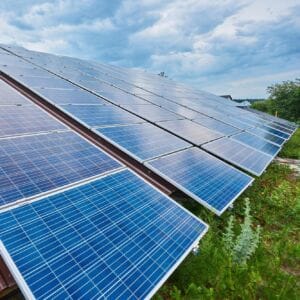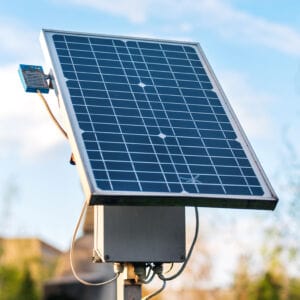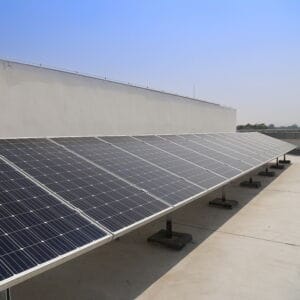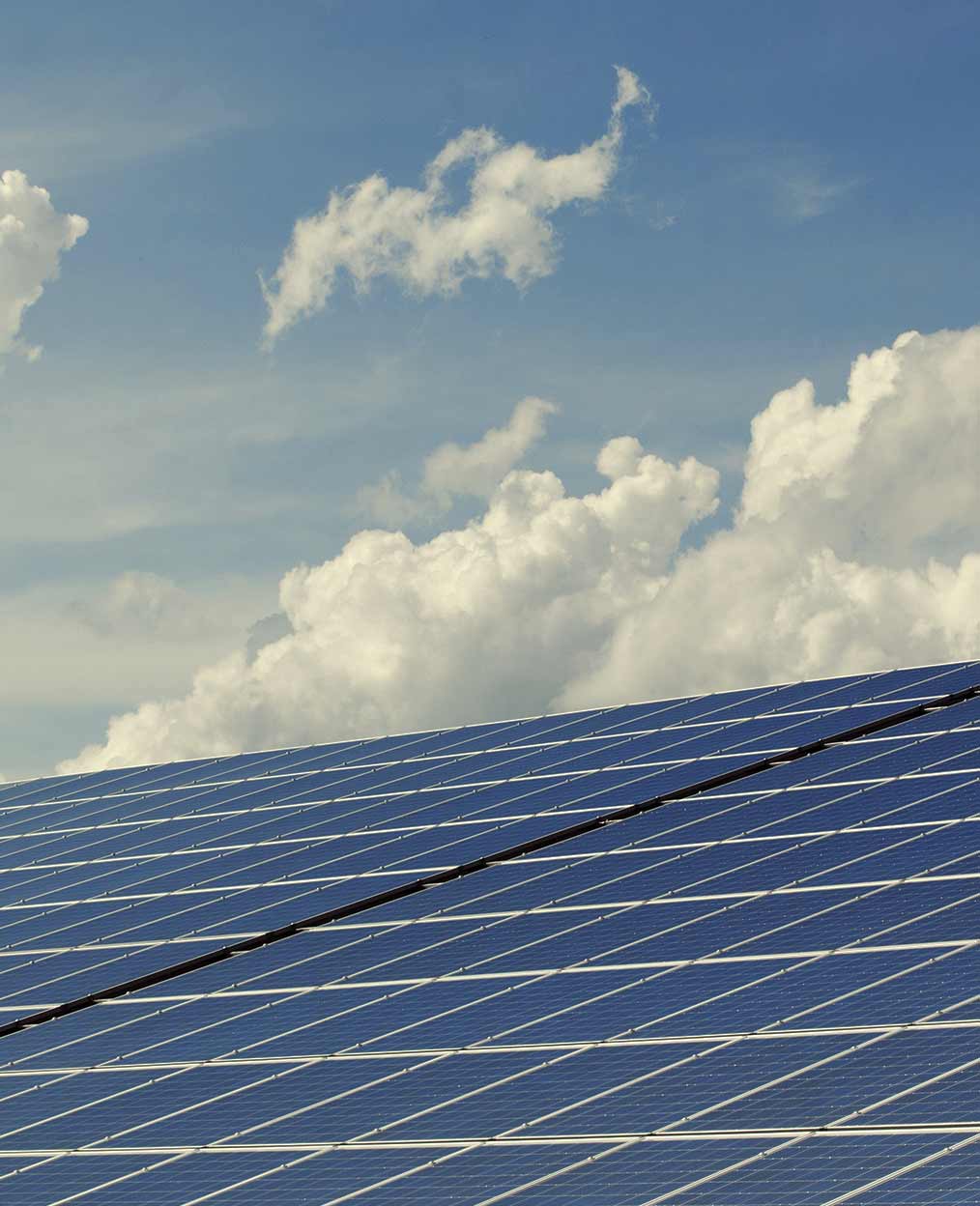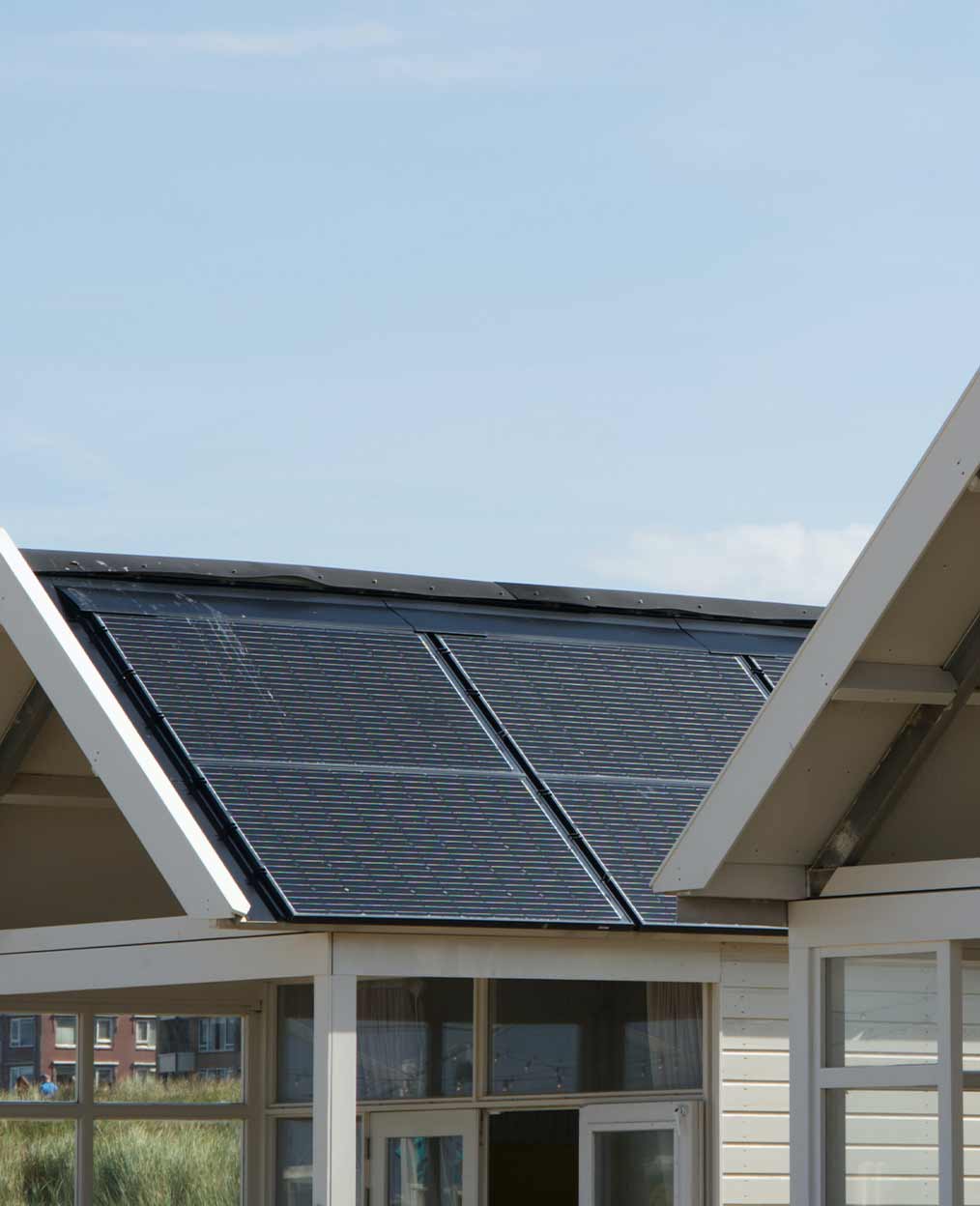Solar Panel Recycling
Service for EPCs.
All 50 States.
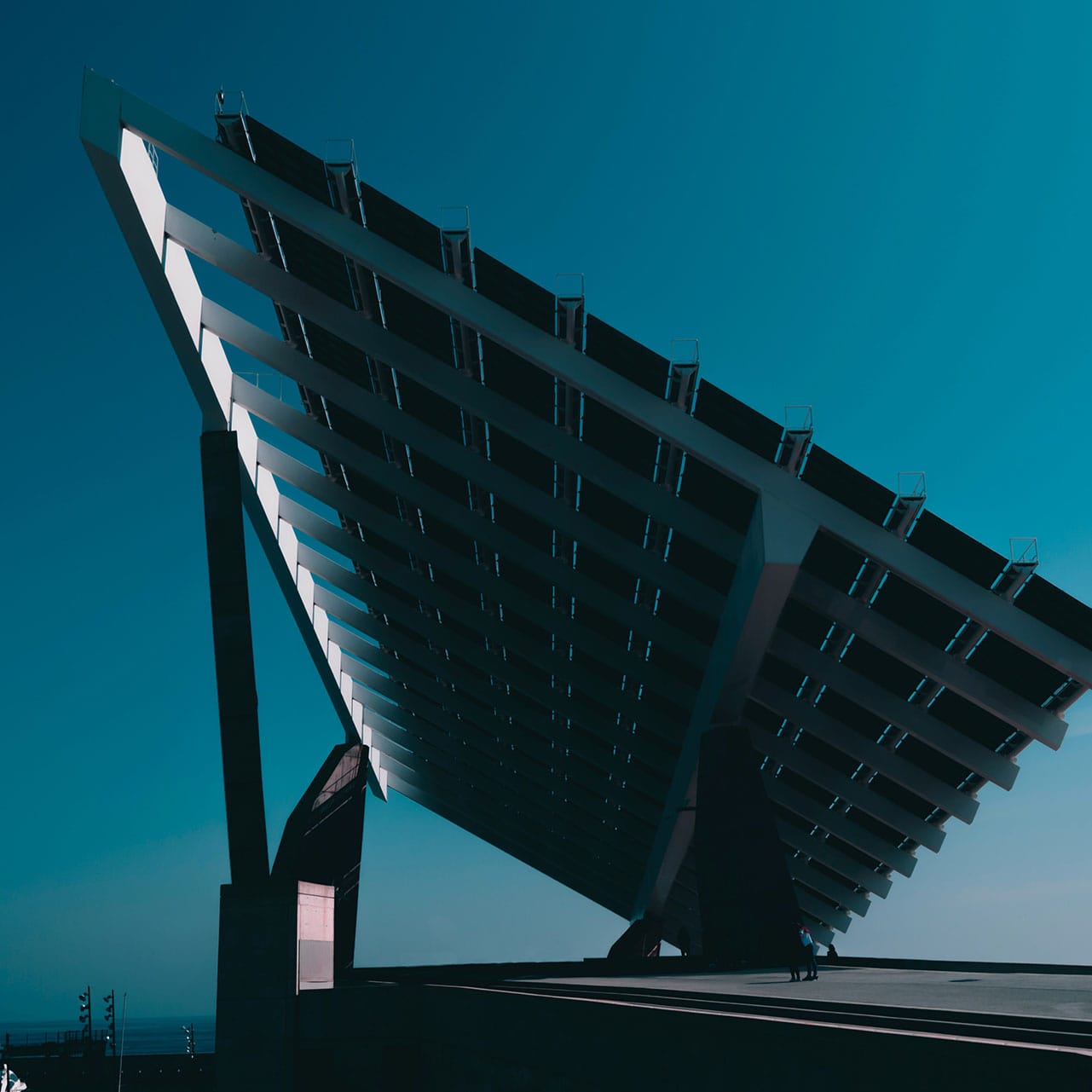
PVRecycling (PVR) specializes in recycling solar panels in large volume from commercial, industrial and utility-scale sites. Our commercial solar panel recycling company partners with EPCs, contractors, developers, and solar installers throughout the entire United States to facilitate the proper recycling of used solar panels.
98% Recovered, 100% Recycled.
Capacity for Scale.
Catastrophic storm damage on a solar farm can include shattered or scorched panels leading to complete system failure, safety hazards, and environmental contamination risks.
Several notable incidents highlight the vulnerability of solar farms to extreme weather:
Fighting Jays Solar Farm, Texas (March 2024): A severe hailstorm with baseball-sized hail damaged thousands of panels at this 3,300-acre, 350 MW facility.
Midway Solar Project, West Texas (2019): Over 400,000 panels were destroyed by a hailstorm.
- Florida (December 2022): Tornadoes associated with Hurricane Milton heavily damaged solar panels at two complexes.
These incidents illustrate the significant impact that hurricanes, tornadoes, fires, hailstorms, and other severe weather events can have on solar energy infrastructure.
Repowering a solar installation refers to the process of replacing or upgrading key system components—such as solar panels, inverters, wiring, or racking—to improve performance, extend system lifespan, or restore functionality after degradation or damage.
What Would Initiate the Process:
Repowering is typically initiated due to one or more of the following factors:
Standard Degradation over time due to aging equipment or panel inefficiency
Advanced Degradation from extreme climate variances
- Early Repower for increased efficiency from newer technologies
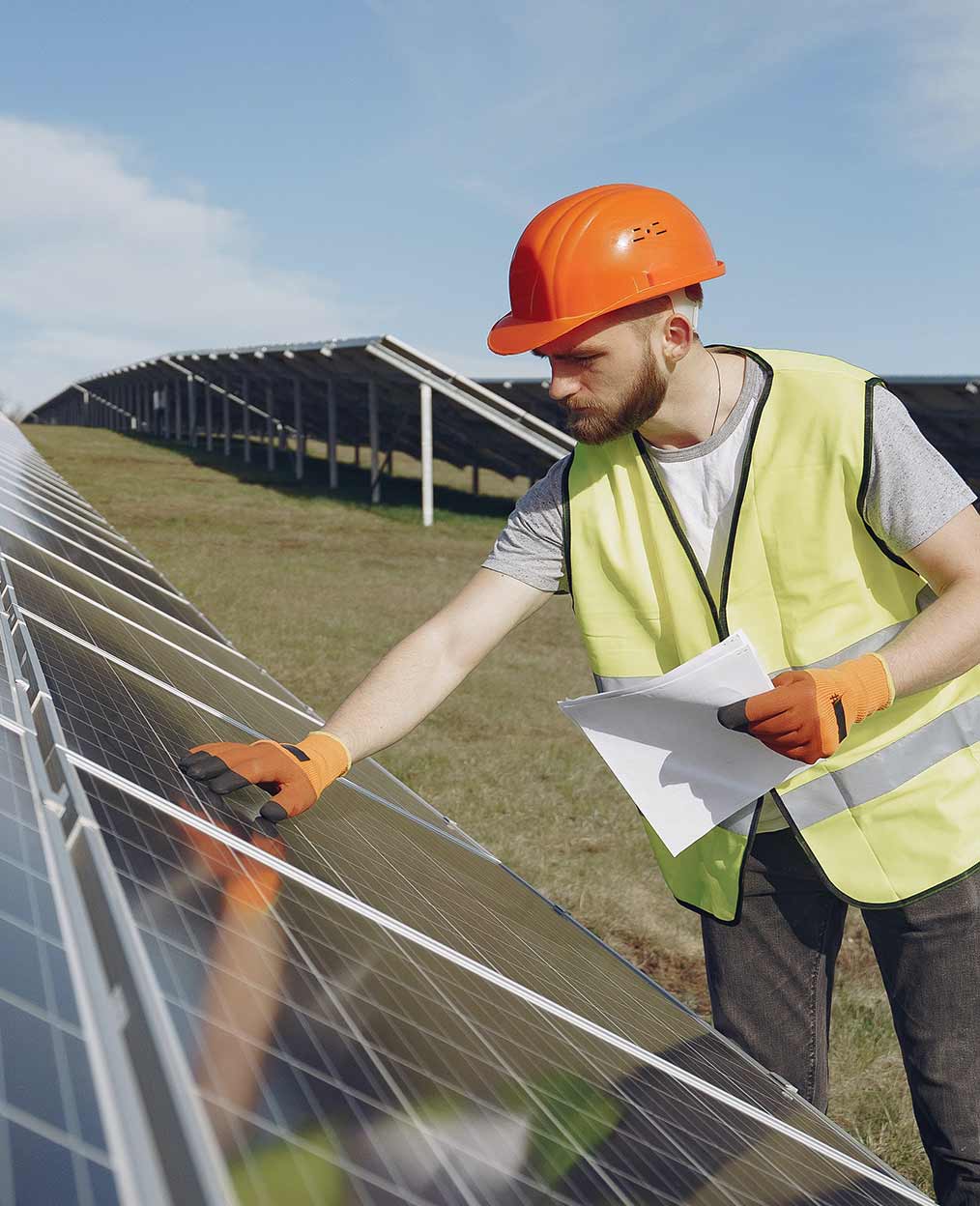
Recycle Used Solar Panels
PVRecycling (PVR) specializes in recycling used commercial, industrial and utility-scale solar panels and solar farms, aiming to minimize waste while managing shipping and handling costs.
Do you have old solar panels recycle? Reach out to our solar panel recycling company with the details, and we’ll gladly assess how we can assist you.
Please note, we ONLY focus on large-scale commercial and utility projects, with a typical minimum of 100s of panels. We do not work with residential solar owners.
Benefits of Recycling Used Solar Panels with PvRecycling
Recycling used solar panels offers a range of financial and environmental benefits:
- 100% Recycled
Our process recovers 98% of the elements of the entire module, 100% is completely recycled. - Zero Landfill Guarantee
Sending solar panels to the landfill is not a green solution. - Circular Economy Realized
Support the circular economy by recycling solar panels, reducing waste, and minimizing the demand for new manufacturing. - Logistical Nightmares Solved
We streamline the recycling process, managing logistics and ensuring a smooth, convenient experience for your solar panel recycling needs. - Offset Environmental Impact
Recycling old solar panels prevents e-waste and decreases the environmental footprint associated with their disposal.
Recycling your used solar equipment not only helps recover value but also contributes to a greener future by extending the lifecycle of solar energy solutions.
Why PvRecycling?

Solar Resources
Stay informed with the latest news in solar technology, recycling best practices, and industry insights. Our blog covers everything from tips on extending the life of solar panels to trends in renewable energy and sustainability. Whether you’re a professional in the field or just curious about solar, explore articles that keep you updated and engaged.
FAQ:
Real PvRecycling lives here, we’re NOT the grind ’em up and toss in landfill guys.
Drop us a line…

